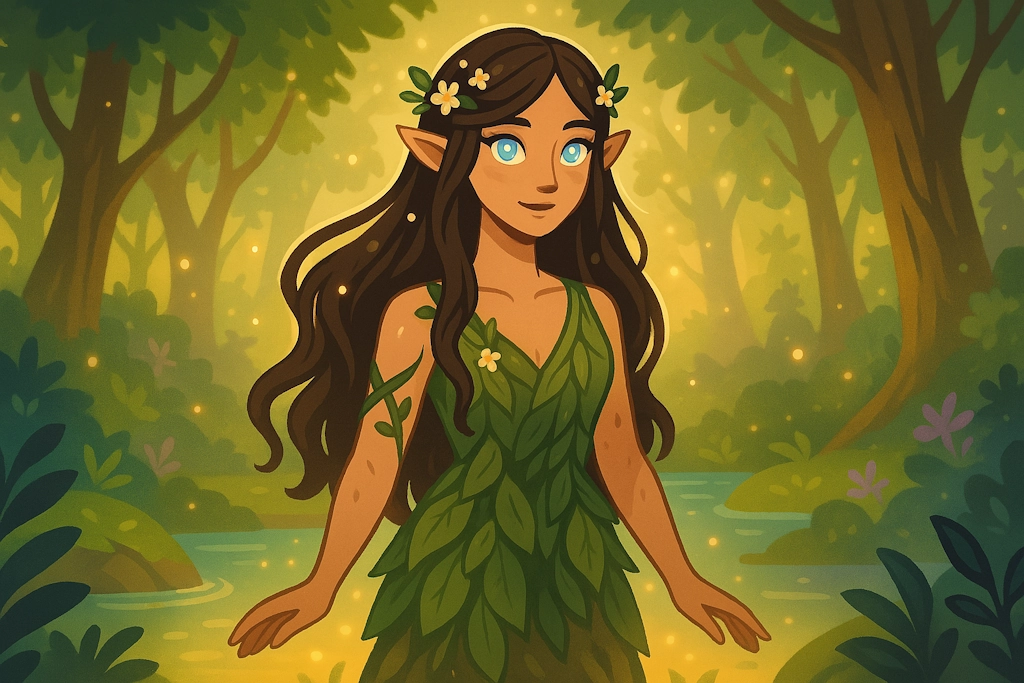Nymphs Names(Tree (Dryad))
Generate names for divine nature spirits associated with natural features like springs and forests.
Choose your style:

Nymphs Names
Generate names for divine nature spirits associated with natural features like springs and forests.
Featured Collection
Want more nature spirits content?
Generate 3 more themed items together in one click
Tree (Dryad) Nymphs NamesWater (Naiad) Nymphs NamesMountain (Oread) Nymphs NamesSea (Nereid) Nymphs Names
Example Nymphs Names
Get inspired by these sample results
- Daphne Willowwhisper
- Arethusa Streamweaver
- Echo Peaksong
- Galatea Tidedancer
- Calypso Groveguard
- Cyrene Riverflow
- Oreithyia Cragborn
- Thetis Waveweaver
- Pitys Pineheart
- Pleione Seaflower

